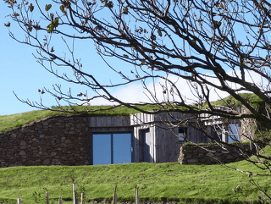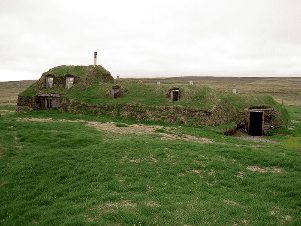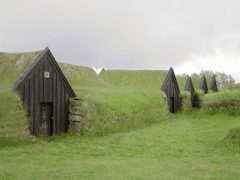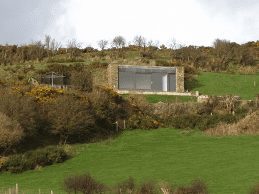Day 46: Earth-Sheltered And Underground Homes
Dear Student,
Today begins our chapter on shelter and energy, two things to consider carefully in your self-sufficiency journey. Over the next nine lessons, I’ll discuss the various ways designing an alternative-style home and opting for sustainable power sources will assist in your self-sufficiency goals, reduce your cost of living, and give you serious peace of mind in any eventuality…
 Most of us imagine our earliest ancestors to be cave-dwellers, and while many of our ancestors didn’t actually live in caves, there are plenty of good reasons to do just that, and, nowadays, underground living is becoming fashionable again.
Most of us imagine our earliest ancestors to be cave-dwellers, and while many of our ancestors didn’t actually live in caves, there are plenty of good reasons to do just that, and, nowadays, underground living is becoming fashionable again.
Aside from the obvious protection from weather and natural disasters that an underground home provides, it can also easily be low- or even zero-energy, making it one of the easiest ways to reduce your energy footprint… and therefore also your bills.
I’ll revisit these topics in detail in several future classes, but, to summarize, the benefits of underground living include:
- Energy saving: The moderating effects of the underground thermal mass keeps the base temperature at 55°F. This makes it cool in summer and warmer in winter.
- Heat absorption: They absorb passive solar heat, which heats the house for free.

- Resistance to severe weather: These houses being built into or under the ground show remarkable strength when hit by storms, tornados, etc.
- Minimal environmental impact: These houses can and should be made from reclaimed or recycled materials, so the energy footprint of the construction materials is low.
- Privacy: Many people won’t even know your house is there, especially if it is not facing the road.
- Noise pollution: Being underground or having walls partially covered by earth will cut all traffic or machinery noises to a minimum.
- Fire resistant: Aside from being underground (or partially so) many designs use soil or subsoil as a material in construction, making these unlikely to catch fire even if exposed to flames.
 Efficient use of land: Many underground houses have sod or turf roof which can be grazed, so there is no loss of pasture for your house. Underground houses work very well in conjunction with the lessons on climate design.
Efficient use of land: Many underground houses have sod or turf roof which can be grazed, so there is no loss of pasture for your house. Underground houses work very well in conjunction with the lessons on climate design.- Minimal visual impact: If you are seeking planning permission to build in a scenic or historic area, it can be easier to get approval for your home if it is hidden in the landscape.
There are some drawbacks to underground living, especially if your home isn’t designed correctly, including:
 Water seepage: Badly installed air vents and skylights will leak. During construction you must adequately seal and flash these openings, which should be on walls instead of roof whenever possible.
Water seepage: Badly installed air vents and skylights will leak. During construction you must adequately seal and flash these openings, which should be on walls instead of roof whenever possible.- Bad acoustics: Noise travels strangely underground, and you won’t be able to hear people outside your home.
- Poor air quality: Unless designed correctly with vents, air can become moist and stale.
